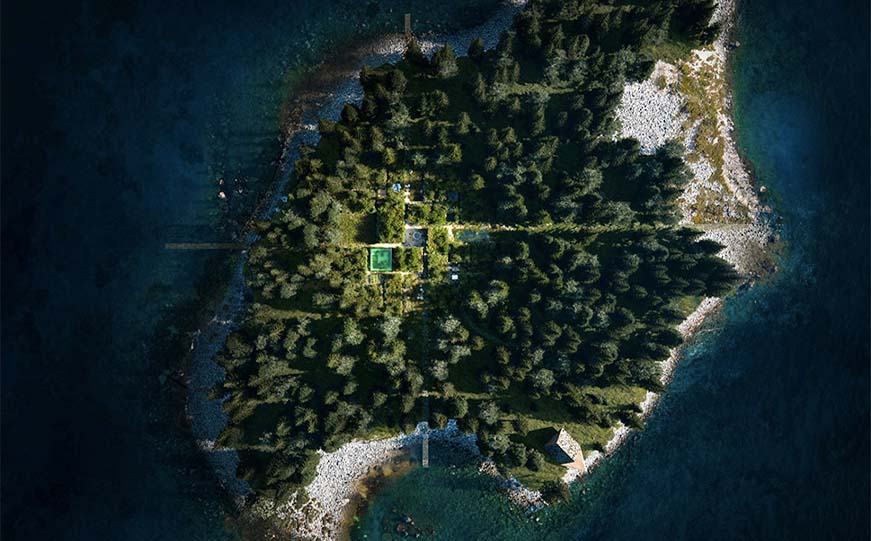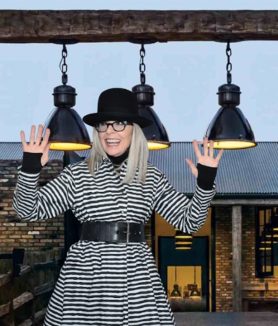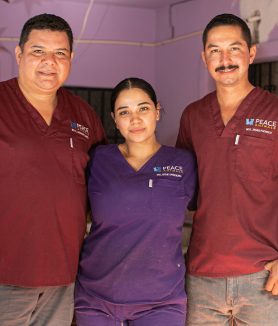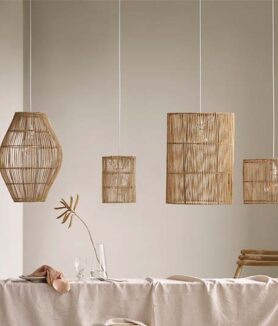Vollebak Island emerges as a beacon of hope in a world increasingly aware of the need to protect the environment. This autonomous and energy-sustainable island, located off the coast of Nova Scotia, Canada, not only offers an innovative home but redefines the concept of housing in the 21st century.
Visionary Design in Harmony with Nature
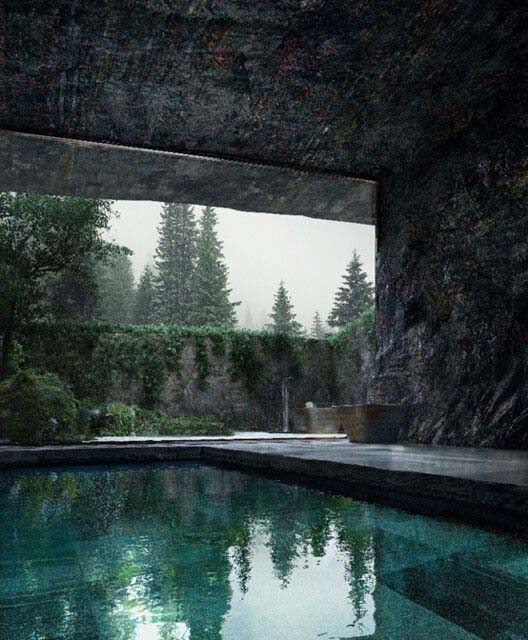
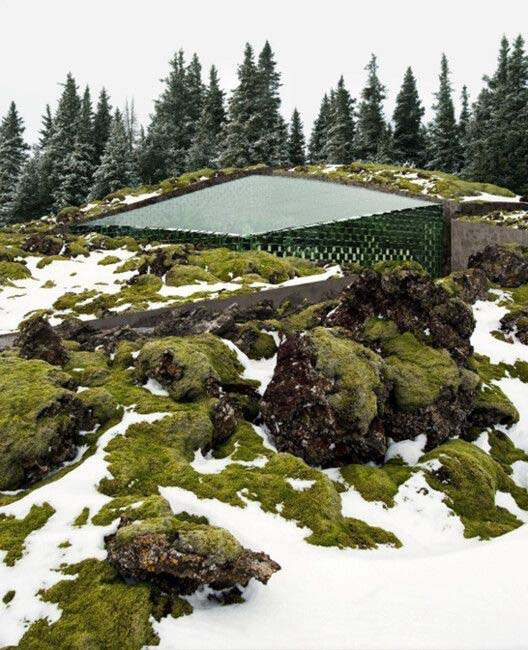
The island is the product of a collaboration between the clothing brand Vollebak and the prestigious architecture firm Bjarke Ingels Group (BIG). Its bold design combines natural materials such as algae, straw, and hemp with cutting-edge technologies such as 3D printed cement. The result: architecture that breathes in harmony with nature, challenging conventions and maximizing efficiency.
"Earth House": A Village at the Heart of the Island
At the center of Vollebak Island lies "Earth House," a complex of buildings resembling a village. Here, nature and design merge seamlessly, creating open spaces for social interaction and buildings that operate on wind, geothermal, and solar energy. From the living and dining areas made of weather-resistant straw to the bedrooms built with 3D printed hempcrete, every detail has been meticulously designed to minimize environmental impact and maximize the comfort of its inhabitants.
More Than a Home, a Symbol of Hope
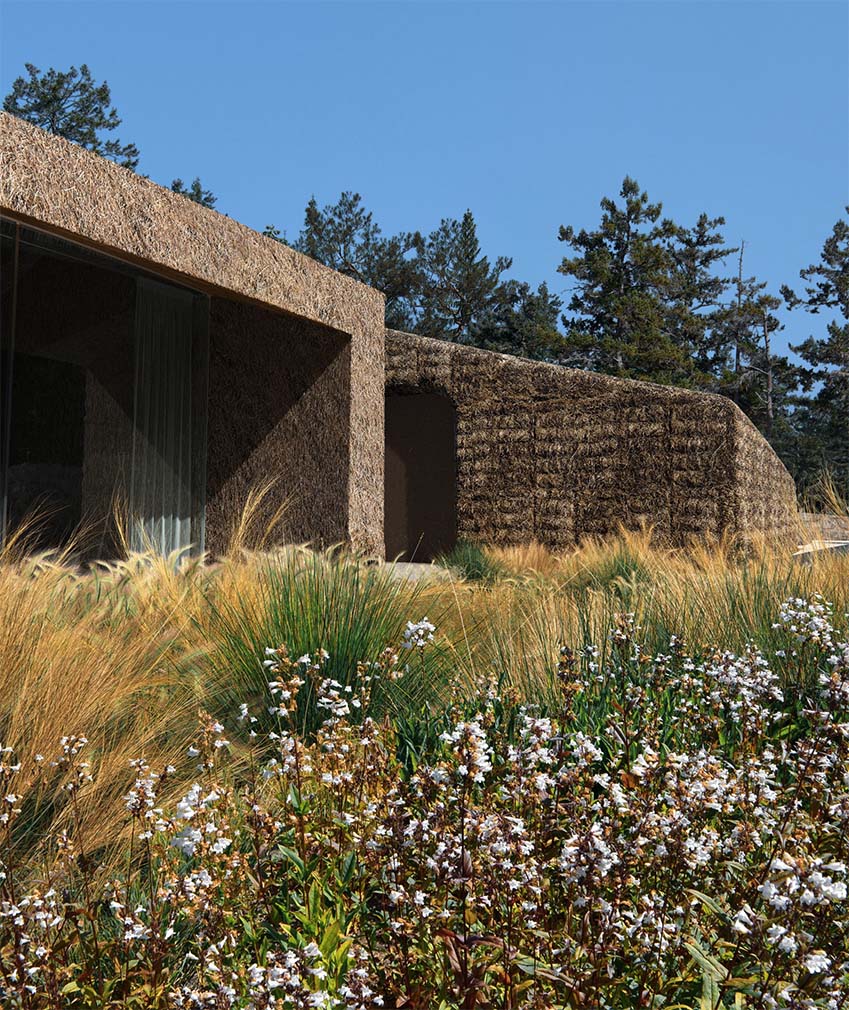

Vollebak Island goes beyond being an innovative architectural project. It is a call to rethink our relationship with the planet and adopt more sustainable practices in all aspects of life. At a crucial moment for the future of the planet, the island becomes a symbol of hope and possibility, inspiring us to imagine a world where harmony between man and nature is the norm.
A Legacy for Future Generations
The auction of Vollebak Island through Sotheby's marks a milestone in the history of sustainable architecture. Its impact transcends the architectural realm to become a beacon of innovation and creativity, a reminder of the power of human ingenuity to build a better future.
Vollebak Island is an inspiring project that invites us to dream of a future where architecture and nature merge in harmony. It is a symbol of hope and a call to action to build a more sustainable world for generations to come.

